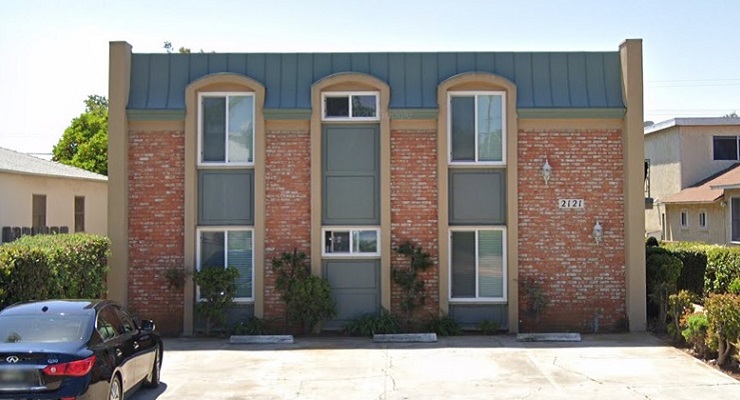
As President Biden outlined last week, his top priority in battling the country’s current stubborn bout with inflation is to get a handle on historically high home prices throughout the country, not just in Pasadena’s red-hot market.
Prices are considerably higher in Southern California and especially in Pasadena, but in April of this year, a typical U.S. home was worth $344,000, up from $270,000 at the end of 2020, a rise just under $74,000 in less than a year and a half.
The rise is also more than prices rose over all four years of the previous administration, government data has showed.
Rent is also scratching a new ceiling, with US rents now averaging $1,900 per month — up more than $300 from December 2020. Multiply that logarithmically in Southern California.
The White House “Housing Supply Action Plan,” as proposed, is a combination of incentives, reforms, financial mechanisms and legislative lobbying that would expand housing access for owners and renters even as inflation continues to soar.
The most basic foundation of the plan is to create a record amount of affordable housing units in the US, over the next five years.
The Biden Administration went one further, saying that the plan would “help close America’s housing supply shortfall in 5 years, starting with the creation and preservation of hundreds of thousands of affordable housing units in the next three years.”
Over at least the last decade or longer, housing and rental prices have continued to rise while the housing market, all over the U.S., has been challenged by a lack of sufficient construction and inventory.
Pasadena has seen its own inventory shrink to only a handful of available homes in some months, far below its ideal stock of three months worth of units for sale.
Before his meeting with Federal Reserve Chairman Jerome Powell, Biden penned a three-part plan for his inflation battle, with the first wave being the all-out push to build more homes across the country. Biden also asked Congress to “help right away by passing clean energy tax credits and investments, and insisted that lawmakers take up his plan to make housing more affordable, reduce the price of prescription drugs and lower the cost of child and elder care.
As Biden wrote,“I’ve done what I can on my own to help working families during this challenging time — and will keep acting to lower costs where I can — but now Congress needs to act, too.”
Biden also stressed that the United States must “keep reducing the federal deficit,” which would “help ease price pressures.”
Biden said his deficit reduction plan would make “common-sense reforms to the tax code,” and would discourage companies from moving jobs to other countries and requiring more taxes on higher-earning Americans.
At least one element of the Biden plan could directly affect home prices in certain markets—increasing the supply of homes to slow down demand. The Econ 101 idea could work in principle, but will still be subject to the vagaries of the marketplace.
Last year Moody’s Analytics, posited that “closing the US housing gap would require something in the neighborhood of 1.5 million homes.” Thus, the Biden plan could patch the hole, if not completely fill it.
As the research firm posed the answer, “The good news is that there is no single, prohibitive problem standing in the way of building more affordable housing, only a host of smaller ones. This of course leads to the bad news, which is that there is no one policy step that can be taken to deal effectively with the issue. Policymakers will need to take many.”






